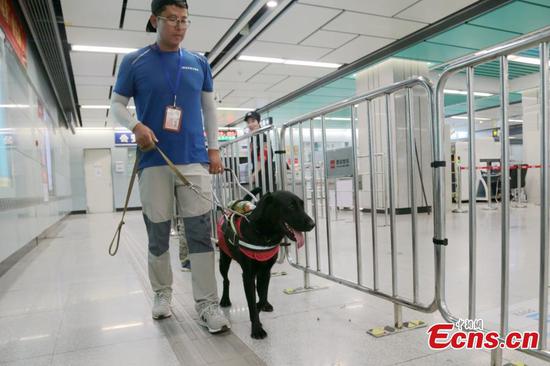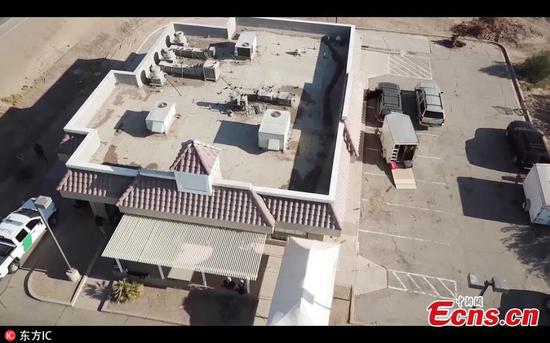Chinese scientists are building a low-energy and high-performance superconducting computer, aiming to complete a prototype as early as 2022 according to a media report.
Scientists at the Chinese Academy of Sciences launched the project worth one-billion yuan ($145 million) last November, the South China Morning Post reported on Sunday.
The unprecedented machine will have central processing units running at a frequency of 770 gigahertz or higher. By contrast, the fastest existing commercial processor runs at just 5 Ghz, according to the report.
The machine will also help find a way to reduce the massive energy consumption of supercomputers. As supercomputers grow bigger, so does their appetite.
China's Sunway TaihuLight, the world's second-fastest supercomputer behind the Summit in the US, requires 15 megawatts of power to run for one year, according to a researcher involved in the R&D process.
By 2040, the world's computers may need more electricity than our global energy production can deliver, according to a report released by the Semiconductor Industry Association and the Semiconductor Research Corporation in 2015.
The superconducting computer could be one of the most radical solutions to an ever-increasing energy demand. The concept rests on sending electric currents through supercooled circuits made of superconducting materials.
In theory, the system results in almost zero resistance and would require just a fraction of the energy of traditional computers, from one-fortieth to one-thousandth depending on the estimate.
Li Xiaowei, executive deputy director of the State Key Laboratory of Computer Architecture, is well acquainted with the project and said the main motivation to build a superconducting computer is to cut energy demands of future high-performance computers.
CAS president Bai Chunli said superconducting digital circuits and superconducting computers will help China achieve parity in integrated circuit technology.


















































